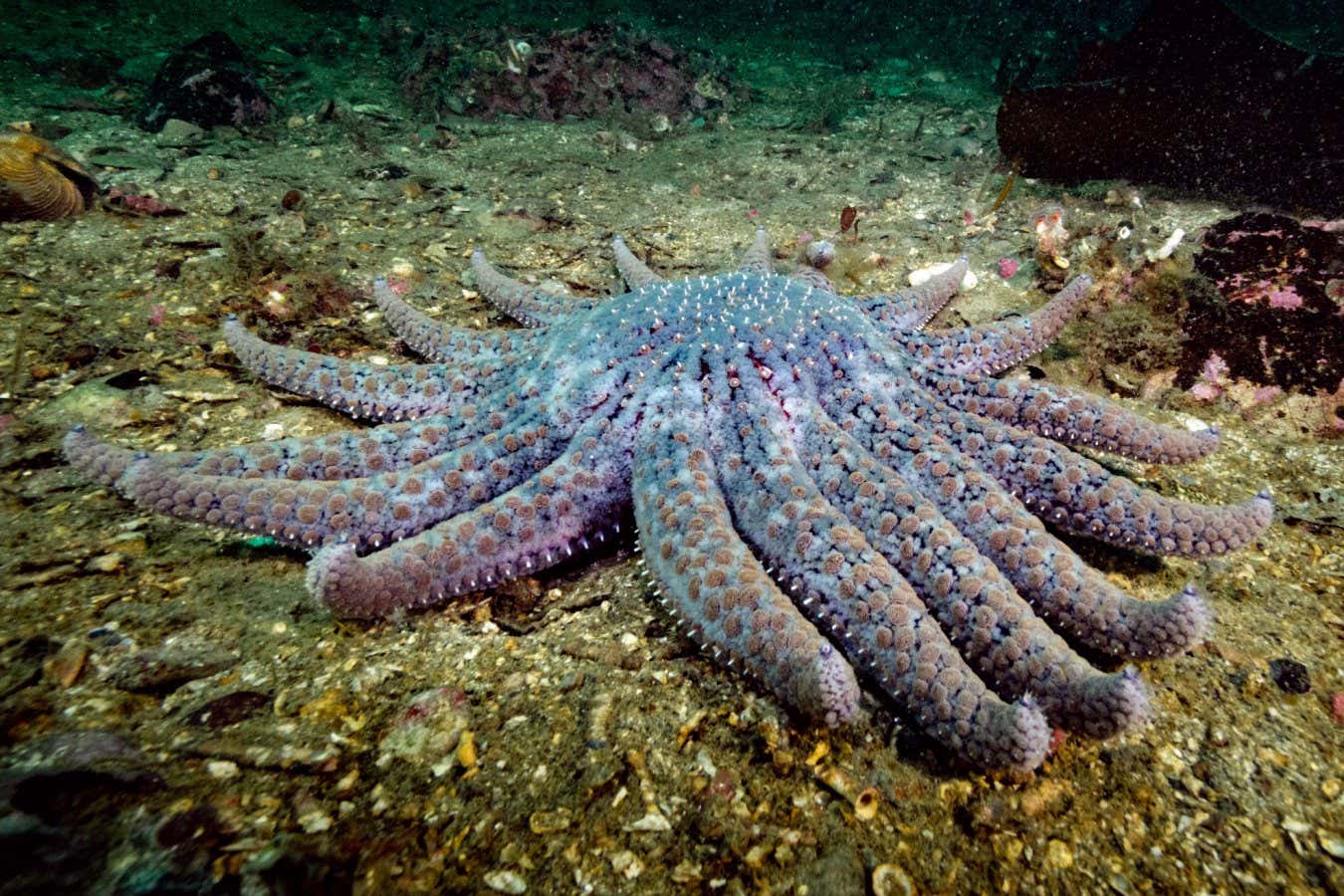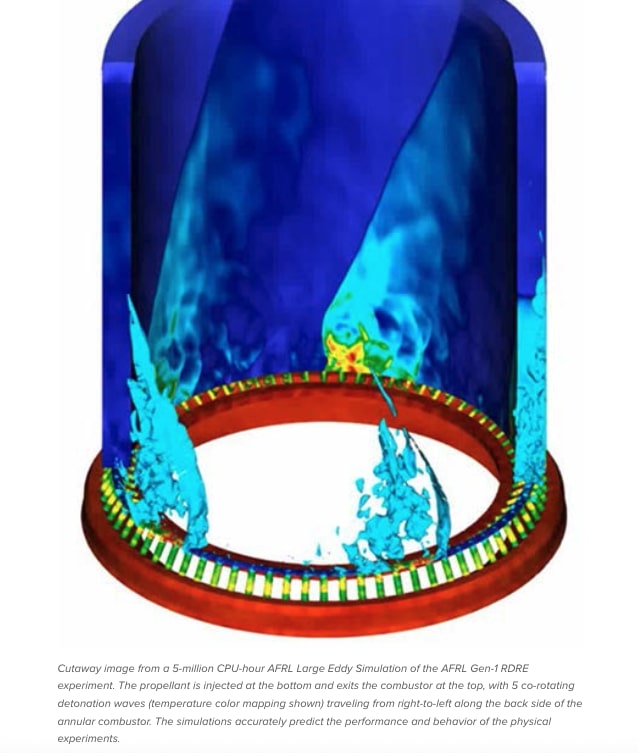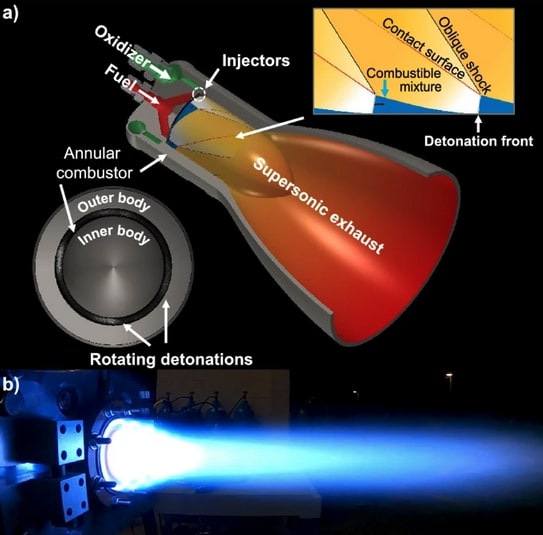Now Reading: Cryopreserved Sea Star Larvae Offer Hope for Species Recovery
1
-
01
Cryopreserved Sea Star Larvae Offer Hope for Species Recovery
Cryopreserved Sea Star Larvae Offer Hope for Species Recovery

Quick Summary
- scientists have successfully cryopreserved and reactivated sea star larvae for the first time, which could aid in conserving critically endangered species.
- Sea star wasting syndrome, beginning in 2013, has decimated populations of predatory sunflower stars (Pycnopodia helianthoides) and giant pink stars (Pisaster brevispinus) along North America’s west coast.
- The loss of these predators led too a surge in sea urchins and wiped out nearly 97% of northern California’s kelp forest canopy.
- Sunflower stars are now functionally extinct in California; conservation efforts focus on raising genetically diverse individuals for reintroduction.
- In January 2025, giant pink stars spawned in Long Beach, California. Their larvae were stored at −200°C using cryopreservation techniques before being successfully thawed and settled into their juvenile form-a milestone with critical conservation implications.
- Conservation scientists next plan to apply these advancements to sunflower stars due to similarities in their larval cycle.
- Marine ecosystems near the North Pacific face multiple environmental threats, yet this breakthrough provides hope for restoring vital biodiversity.
Images from Source:
- Giant pink sea star larvae resuming advancement after being frozen (Photo: Patrick Webster)
- Sunflower stars’ critical role within kelp forest ecosystems (Photo: Pat Webster)
Stay Informed With the Latest & Most Important News
Previous Post
Next Post
Loading Next Post...


























